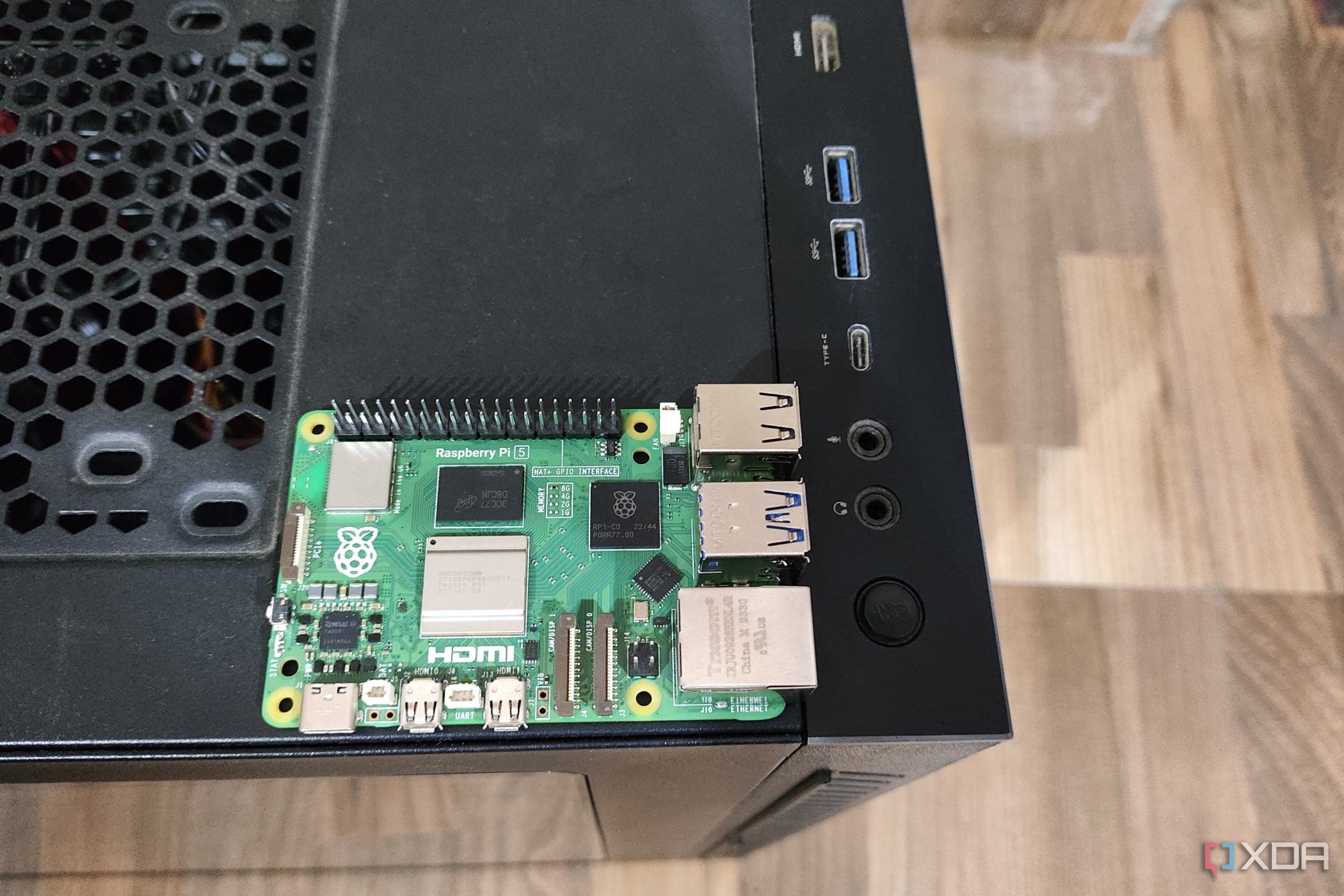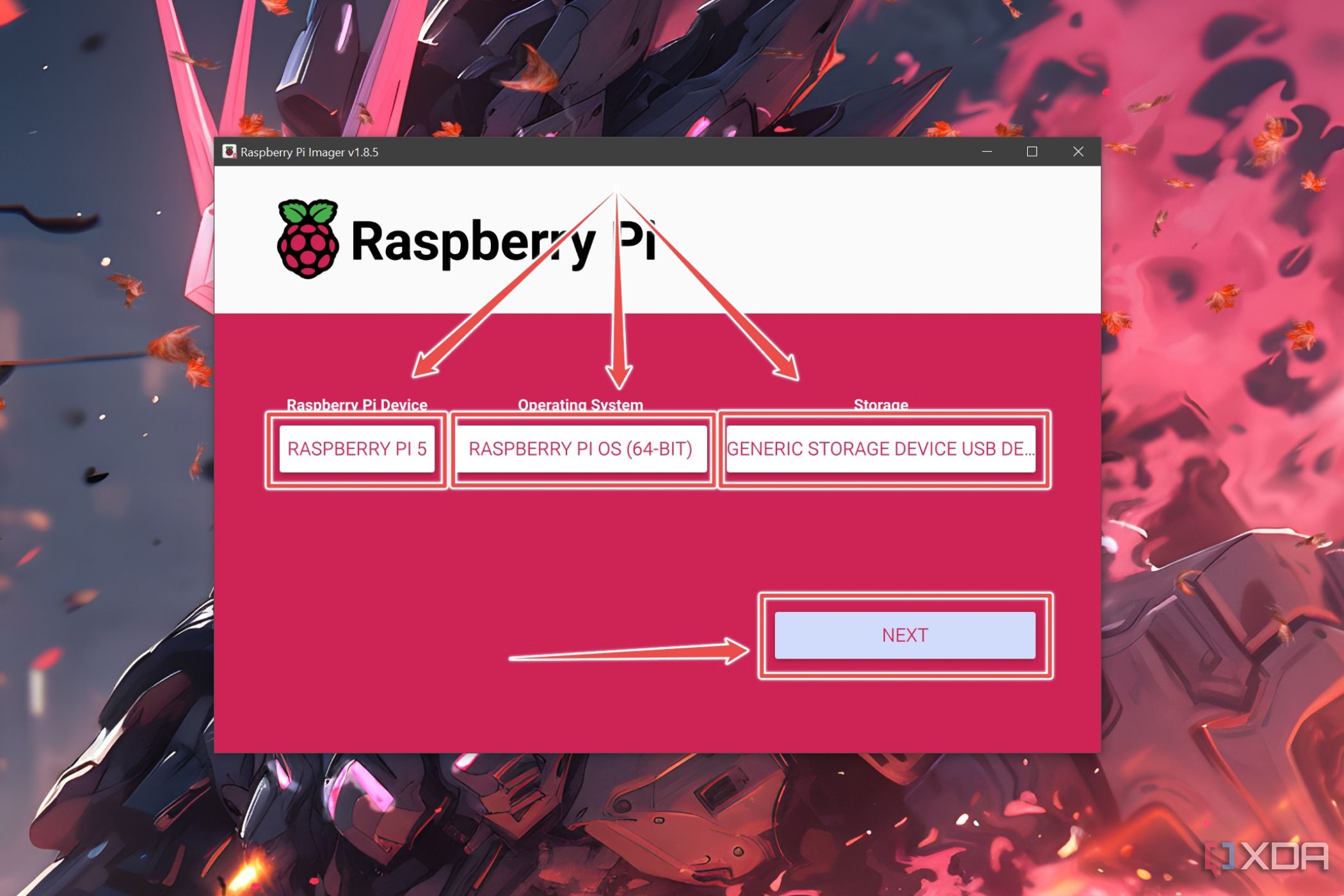SSH Into Raspberry Pi From Outside Network: A Beginner's Guide For Tinkerers
So you want to SSH into your Raspberry Pi from outside your local network? Sounds cool, right? Picture this: you're chilling at a café miles away from home, sipping your favorite latte, and suddenly you need to access your Pi for a project or just to show off your tech skills. Well, guess what? You totally can! SSH (Secure Shell) is your golden ticket to remote access, and today we're going to break it down step by step so even a beginner can do it.
But hold up! Before we dive deep into the nitty-gritty of SSH into Raspberry Pi from outside network, let's first clear the air. SSH isn't some magical spell—it's a protocol that lets you securely connect to a computer (in this case, your Pi) over the internet. It’s like having a secret handshake with your device, only this handshake is all about commands and control.
Now, you might be wondering, "Why do I need to SSH into Raspberry Pi from outside network anyway?" Fair question. The answer? Flexibility. Whether you're managing a home automation system, running a media server, or just tinkering around, having remote access means you're not tied down to your physical location. So, buckle up, because we're about to take you on a wild ride through the world of SSH and remote connections.
- Ellen Degeneres A Journey Through Laughter And Compassion
- Barron Trump Understanding The Autism Spectrum And His Journey
What Exactly is SSH and Why Should You Care?
Alright, let’s start with the basics. SSH stands for Secure Shell, and it’s like a superhero in the world of remote computing. It’s a protocol that allows you to securely connect to another computer over a network—whether that’s your home Wi-Fi or the vast expanse of the internet. When you SSH into Raspberry Pi from outside network, you're essentially creating a secure tunnel that lets you control your Pi as if you were sitting right in front of it.
Why is SSH so awesome? Here are a few reasons:
- Security: SSH encrypts all your data, so prying eyes can’t see what you’re up to.
- Control: You can run commands, transfer files, and manage your Pi from anywhere in the world.
- Convenience: No need to be physically present to troubleshoot or manage your projects.
But wait, there's more! SSH isn't just for tech wizards. With a little guidance, even a complete noob can master it. So, let’s move on to the next step and see how you can set it up on your Raspberry Pi.
- Are Donald Trump Jr And Kimberly Guilfoyle Still Together A Deep Dive Into Their Relationship
- Unveiling The Legend The Life And Career Of Dave Grohl
Setting Up SSH on Your Raspberry Pi
Step 1: Enable SSH on Your Raspberry Pi
First things first, you need to make sure SSH is enabled on your Pi. Don’t worry, it’s super easy. Here’s how you do it:
- Power up your Raspberry Pi and log in.
- Open the terminal—yes, the terminal! It’s where all the magic happens.
- Type this command and hit Enter:
sudo raspi-config. - Use the arrow keys to navigate to "Interfacing Options" and hit Enter.
- Select "SSH" and enable it. Simple as that!
Pro tip: If you’re running Raspberry Pi OS with a graphical interface, you can also enable SSH through the preferences menu. Just go to "Preferences"> "Raspberry Pi Configuration"> "Interfaces" and toggle SSH on.
Step 2: Find Your Pi’s Local IP Address
Now that SSH is enabled, you need to know your Pi’s local IP address. This is like your Pi’s home address on your local network. To find it, type this command in the terminal:
hostname -I
This will spit out something like "192.168.1.100". That’s your Pi’s local IP address. Keep it handy—we’ll need it later.
Connecting to Your Pi from Outside the Network
Step 3: Set Up Port Forwarding on Your Router
Here’s where things get a little tricky, but don’t panic. To SSH into Raspberry Pi from outside network, you need to set up port forwarding on your router. Think of it as giving your Pi a front door to the internet. Here’s how:
- Log in to your router’s admin page. Usually, you can do this by typing "192.168.1.1" into your browser.
- Find the "Port Forwarding" section. It might be under "Advanced" or "NAT."
- Create a new rule and forward port 22 (the default SSH port) to your Pi’s local IP address.
Voilà! Your Pi now has a direct line to the outside world. But hold on, we’re not done yet.
Step 4: Get Your Public IP Address
Your public IP address is like your home’s street address on the internet. To find it, just Google "What is my IP address?" and you’ll see it right there. Jot it down—we’ll need it for the final step.
Securing Your SSH Connection
Step 5: Change the Default SSH Port (Optional but Recommended)
Security first, folks! Changing the default SSH port from 22 to something else can deter script kiddies and hackers. Here’s how:
- Edit the SSH config file:
sudo nano /etc/ssh/sshd_config. - Find the line that says "Port 22" and change it to something random, like 2222.
- Save the file and restart SSH:
sudo service ssh restart.
Don’t forget to update your port forwarding rule on the router to match the new port number.
Step 6: Use SSH Keys Instead of Passwords
Passwords are okay, but SSH keys are way cooler. They’re like digital keys that let you log in without typing a password every time. Here’s how to set them up:
- Generate a key pair on your computer:
ssh-keygen. - Copy the public key to your Pi:
ssh-copy-id pi@your_pi_ip. - Test it out by logging in with
ssh pi@your_pi_ip. No password needed!
Troubleshooting Common Issues
Problem: Can’t Connect to My Pi
Solution: Double-check your port forwarding settings and make sure your router isn’t blocking the port. Also, verify that SSH is enabled on your Pi.
Problem: Connection Timeout
Solution: Make sure your Pi is powered on and connected to the network. Also, check if your public IP address has changed (this can happen if you’re using a dynamic IP).
Problem: Permission Denied
Solution: If you’re using SSH keys, ensure the key is correctly copied to your Pi. If you’re using a password, check for typos.
Advanced Tips for Power Users
TIP 1: Use Dynamic DNS
If your ISP gives you a dynamic IP address (which changes periodically), consider using a Dynamic DNS service. This will give your Pi a consistent domain name, so you don’t have to worry about changing IPs.
TIP 2: Set Up a Firewall
A firewall can add an extra layer of security by blocking unwanted traffic. Use tools like UFW (Uncomplicated Firewall) to manage your Pi’s firewall rules.
Why SSH Into Raspberry Pi From Outside Network Matters
In today’s connected world, having remote access to your devices is more important than ever. Whether you’re a hobbyist tinkering with home automation or a professional managing servers, SSH into Raspberry Pi from outside network opens up a world of possibilities. It’s not just about convenience—it’s about control.
Imagine being able to monitor your home security system from your office, or tweaking your media server settings while on vacation. SSH makes all of this possible, and with the right setup, it’s as secure as it is powerful.
Conclusion: Take Action!
And there you have it—a complete guide to SSH into Raspberry Pi from outside network. By now, you should have everything you need to set up remote access and start tinkering. But don’t stop here! Experiment, learn, and most importantly, have fun.
So, what are you waiting for? Fire up your Pi, enable SSH, and take your first steps into the world of remote computing. And when you’re done, come back and share your experiences in the comments. Who knows? You might just inspire someone else to take the plunge.
Happy hacking!
Table of Contents
- What Exactly is SSH and Why Should You Care?
- Setting Up SSH on Your Raspberry Pi
- Connecting to Your Pi from Outside the Network
- Securing Your SSH Connection
- Troubleshooting Common Issues
- Advanced Tips for Power Users
- Why SSH Into Raspberry Pi From Outside Network Matters
- Conclusion: Take Action!
Remember, knowledge is power, and SSH is your key to unlocking it. Happy tinkering!

How to SSH into Raspberry Pi for Remote Access on Windows

How to Enable SSH on Raspberry Pi? TechSphinx

How to SSH into Raspberry Pi for Remote Access on Windows